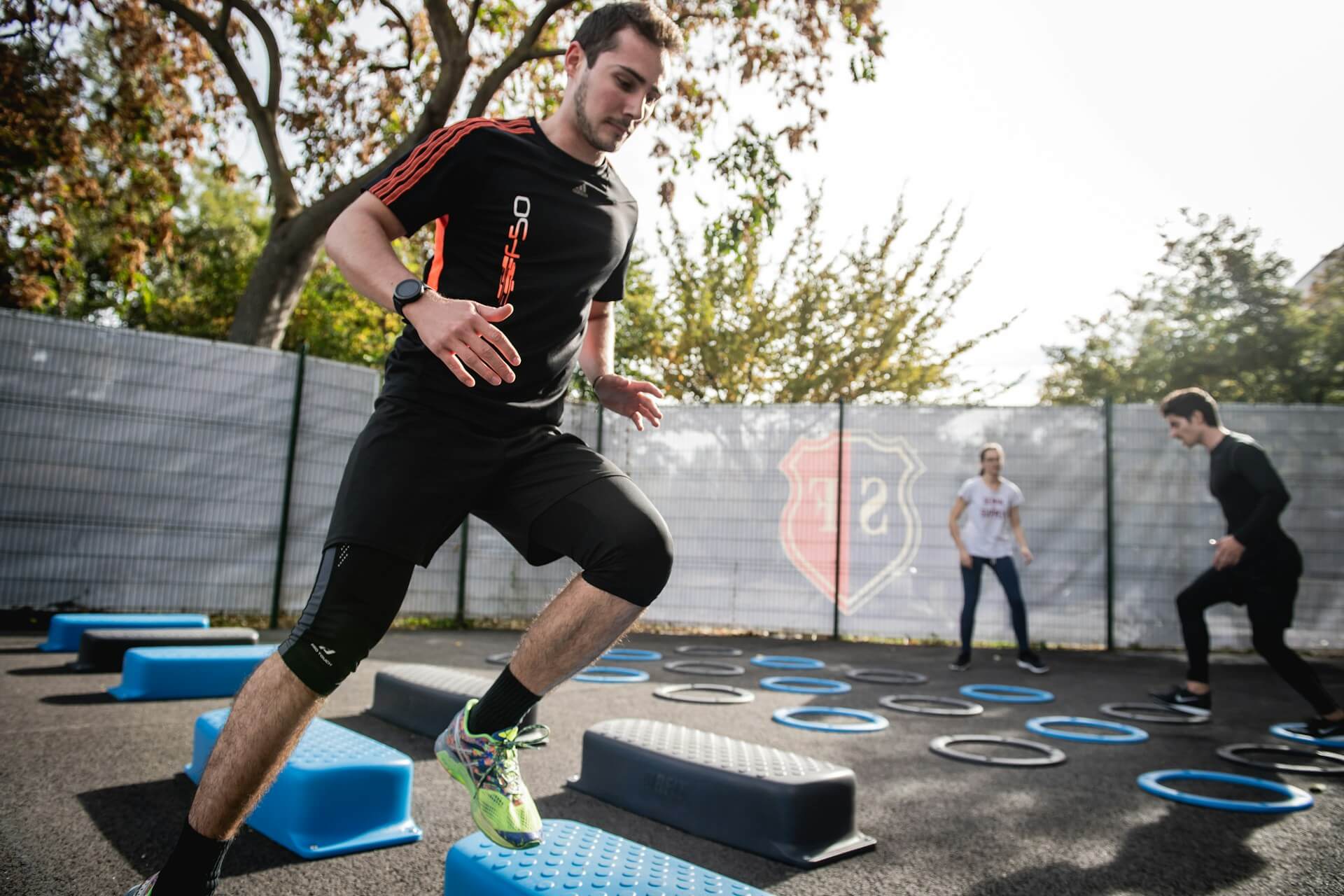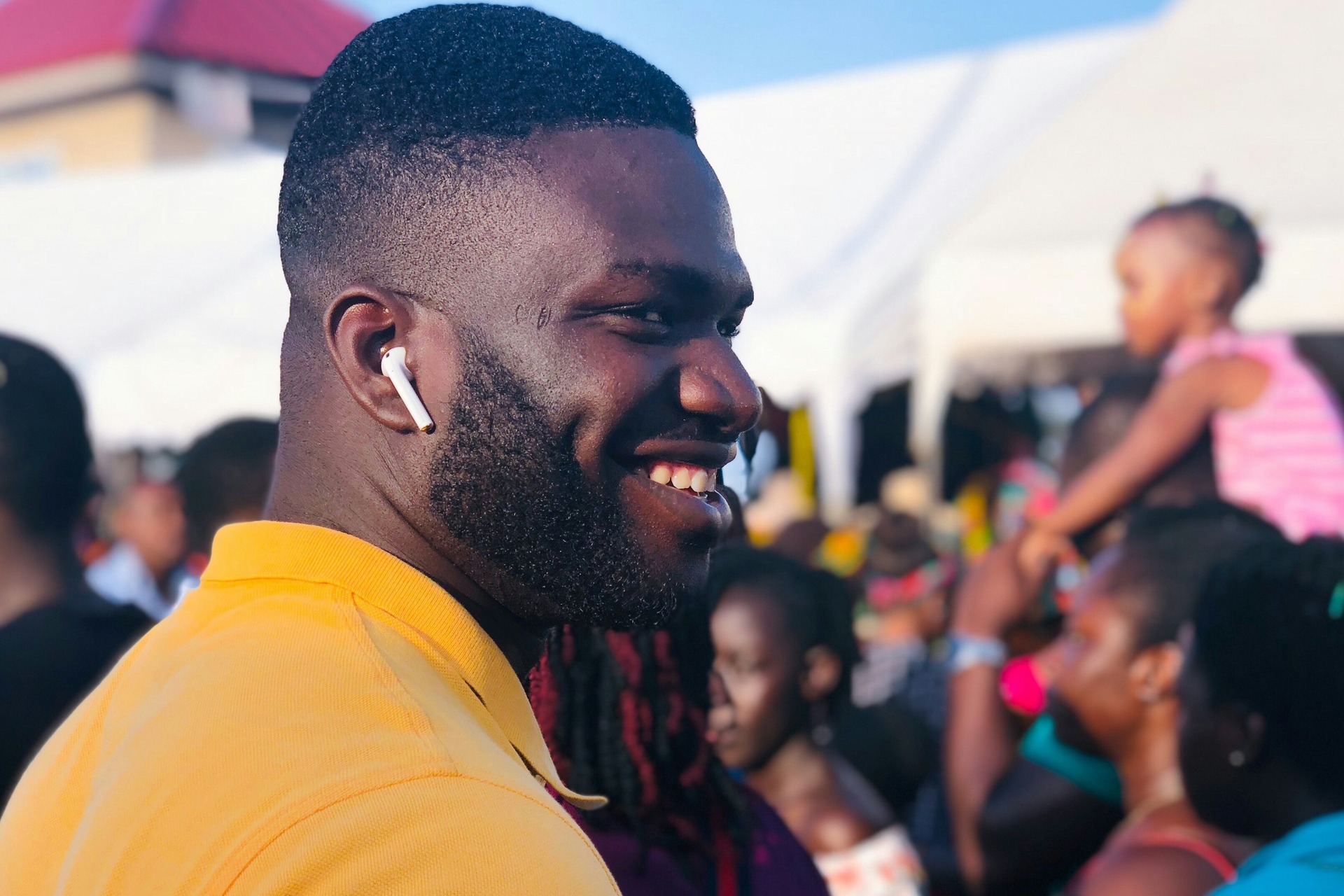Can You Exercise in Bed? Yes, and Here’s How
Jan 27, 2024
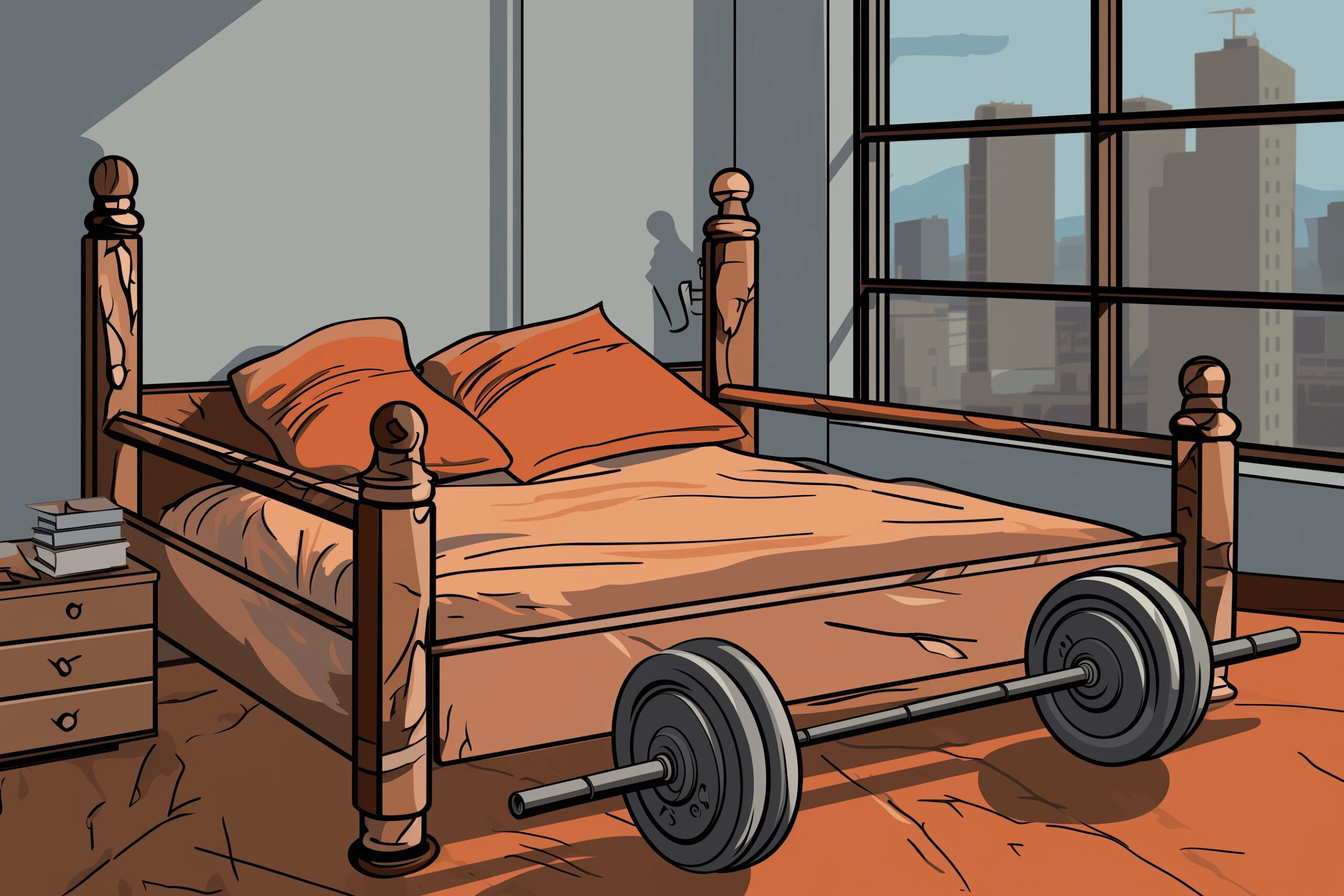
As an Amazon Associate, Modded gets commissions for purchases made through links in this post.
You probably don’t think of using your mattress as a fitness gadget for exercise in bed. If anything, it’s the opposite, where you go to rest your head.
However, life can knock you for a loop and leave you flat on your back occasionally — but modest movement speeds healing. Furthemore, the right wind-down routine can make it easier to sink into sleep.
Maybe it’s time to reframe your mattress as a powerful partner in your fitness. Can you exercise in bed? Yes. Here’s how.
Flexibility: the Forgotten Fitness Component
Quick — name the five components of physical fitness. If you paid attention in health and PE, you might recall they include:
- Cardiovascular endurance: How well can your body utilize oxygen?
- Muscular endurance: How many times can your muscles contract or hold an isometric move?
- Muscular strength: How much force do your muscles exert on outside forces?
- Body composition: What percentage of your body is lean tissue versus fat?
- Flexibility: How well can your joints move through a full range of motion without pain?
Many people among the young and healthy ignore the flexibility portion of this total wellness equation, at least until aging and the associated aches and pains catch up to them.
Unfortunately, far too many interpret their lack of flexibility as indication of failing physical abilities instead of the logical result of neglecting to stretch. As a result, pain hinders their regular workouts until they succumb to many of the negative effects of aging, such as weight gain and loss of muscular strength.
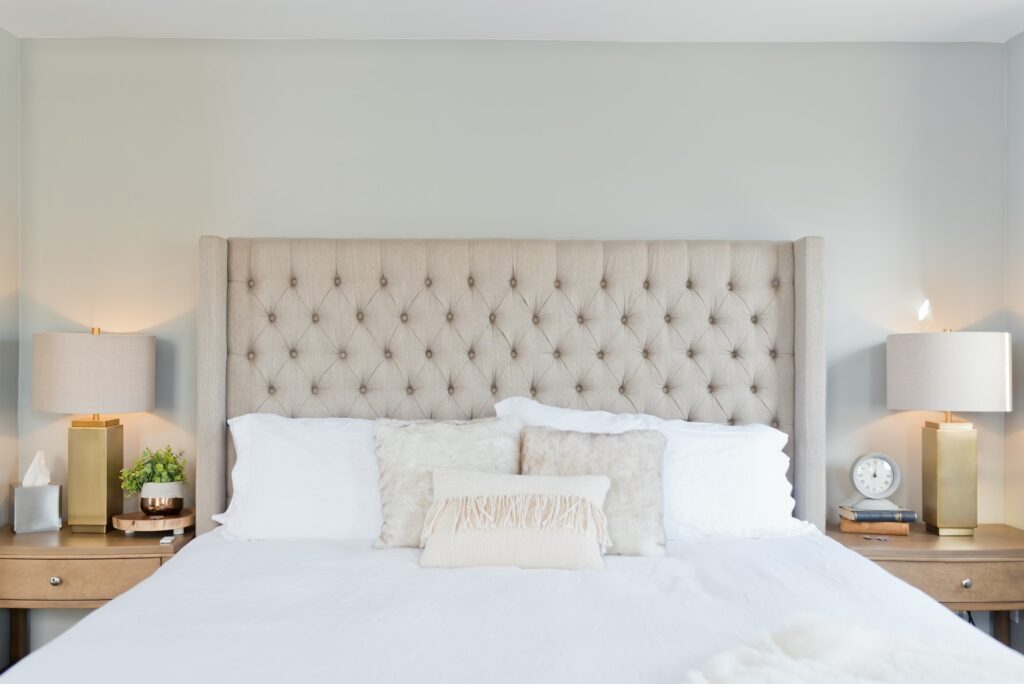
The good news is, you can prevent this decline, and it doesn’t take practicing the Ashtanga primary series for an hour and a half daily. A few minutes of yoga on your mattress as you wind down to sleep can improve the quality of your rest while elongating your muscles and easing stress. Complement it with a cooldown after each workout, and you may prevent many of the aches and pains that seem to increase each passing year.
The Best Moves for Improving Flexibility in Bed
If you want a free and easy guide to exercise in bed, you can search YouTube for yoga videos designed to wind you down or ease you into sleep at days’ end. Yin and restorative are two hashtags to seek, as these styles feature passive stretches that are a natural fit for your mattress.
What if you prefer to freestyle your stretching? If so, ensure you hit all planes of motion. For example:
- Sagittal plane: Cuts your body into right and left halves and includes back and forth movements like forward folds and cobra pose.
- Frontal plane: Cuts your body into front and back and uses side to side motions, such as a straddle stretch and leaning to one side.
- Transverse plane: Cuts your body into top and bottom halves, involving twisting motions such as supine and seated twists.
Strength Between the Sheets?
Your doctor confines you to bedrest, but you still want to move. Is it possible to get a strength workout in bed? The answer isn’t a hard yes or no. While you won’t make the gains you would in the weight room, you can maintain physical strength through a combination of isometric and resistance moves performed seated or supine.
For example, you can perform many Pilates exercises, such as the hundreds, right on your mattress. This move improves your core strength, crucial for keeping your balance when you get up and moving again. You can do pushups or triceps dips on your mattress or glute raises to maintain a tight end. A set of resistance bands expands your options — hook them to your bedframe to do modified lat pulldowns or leg extensions.
Are you starting to see how it’s possible to exercise in bed? The only fitness component you might find impossible to train is cardiovascular endurance.

When Is the Best Time to Exercise in Bed?
Since it’s a bit tricky to get 45 minutes of consistent cardio in bed, you shouldn’t rely on your mattress as your only fitness tool. However, you may have no choice at times. In others, you might turn to the sheets for the convenience and to improve other aspects of your health.
Exercise in Bed as Part of Illness or Injury Recovery
Exercise in bed can speed your recovery from many illnesses and injuries. While you want to take it easy, rest broken or sprained limbs and preserve your body’s resources for healing, modest movement performs many vital functions in getting you back in the game faster, including:
- Sending fresh oxygen and nutrients to the injured area through increased blood flow
- Improving the flow of endorphins, positive chemicals that ease pain, promote mild euphoria and instill a sense of wellness that can make adhering to your recovery goals easier.
- Providing a valuable way to pass the time while on bed rest and boost your overall spirits
- Reduce the levels of stress hormones like cortisol that can complicate the healing process
Exercise That Encompasses Mind and Body
Your mattress is also the ideal place for mind-body exercises. You already know the passive poses used in restorative and Yin yoga adapt to the environment, but that’s not the only reason to exercise in bed when practicinng. The soft, forgiving surface lets you get into the mental aspect of your routine without distraction from the ache in your knees as you hold saddle pose.
Your mattress is the best place for these practices if you use your routine as an adjunct to therapy or deep shadow work. Your pillow is right there if you break down sobbing or need to scream into it for cathartic relief.
The Ultimate Way to End Your Day Through Mild Exercise in Bed
What if you struggle to find the right video to ease you into dreamland? Here’s a sample routine for how you can end any day through mild exercise in bed to ease you into sleep.
1. Take an Easy Seat
Sit in what yogis refer to as sukhasana, which you might think of as the criss-cross applesauce style of seating you used to listen to stories in kindergarten. Keep your back straight, resting your hands on your knees, and close your eyes.
2. Begin Moving With Your Breath
Inhale, and drop your right ear toward your right shoulder. Move with your breath as you perform slow, easy head rolls from side to side, taking care not to let the ear go beyond the shoulder. You might use this time to mentally visualize something you did well over the past 24 hours to reconnect with that positive sensation — where do you feel it in your body? Once the back of your neck feels relaxed, perform several shoulder rolls, keeping the langorous pace.
3. Stretch Along All Planes
Then, ease into some long, slow stretches complimented by deep breathing. Begin with the frontal and transverse planes, bending from side to side first to create space between your ribs. Then, gently twist to one side, releasing pressure on the lower back.
Did you hit arm day at the gym? Include some extra shoulder stretches, such as eagle arms or double handcuff to ease upper body tension. It also feels glorious to take child’s pose to release the upper portion of your posterior chain before reclining.
4. Take It Supine
Now you move to the sagittal plane as you recline on your mattress. Stretch one leg up and back, elongating your hamstring and the lower half of your posterior chain. Here’s a good time to form a positive mental link to tomorrow by visualizing something you look forward to and pulling it off without a hitch. Involve your mental muscle!
Finish your practice by opening your hips in supine pigeon pose, then taking a lying twist from side to side before relaxing in savasana or your favorite sleeping position. Continue to focus on your breath as you sink into sleep. Slowing the pace and exhaling slightly longer than your inhales engages your parasympathetic nervous system — that’s the side that tells your brain “It’s time to rest and digest.”
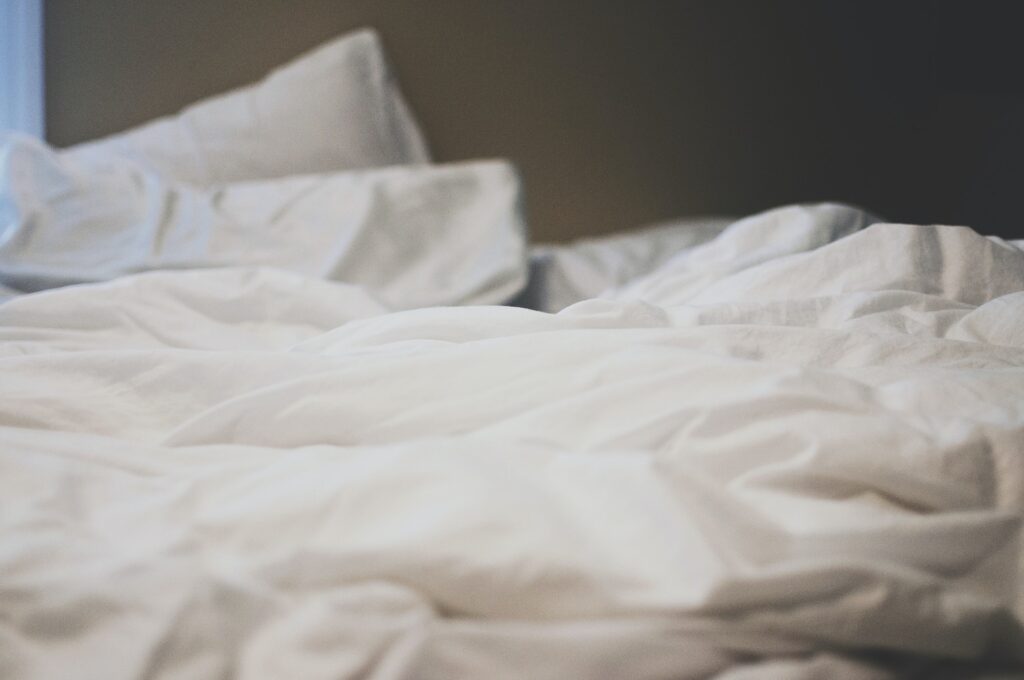
Yes, You Can Exercise in Bed
You might not have ever considered your mattress a workout tool. However, you can exercise in bed — which is a good thing for those recovering from illness or injury.
However, you can also use exercise in bed techniques to facilitate your best night’s sleep. With a little creativity, you can sneak in movement anytime and anywhere.


